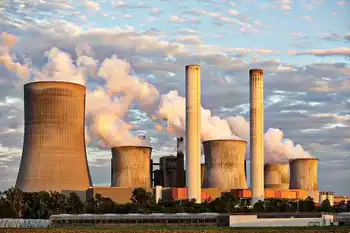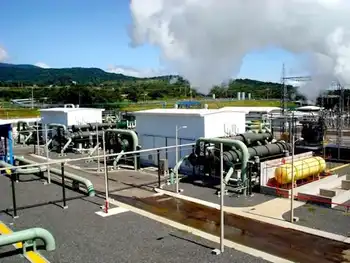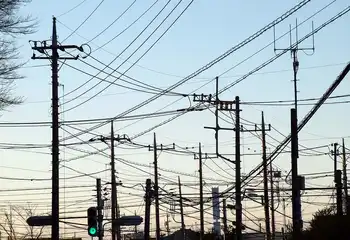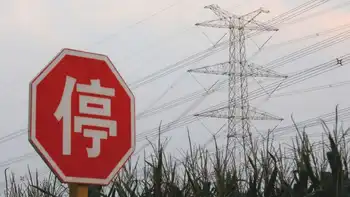DOE invests in energy efficient lighting manufacturing
By U.S. Department of Energy
NFPA 70e Training - Arc Flash
Our customized live online or in‑person group training can be delivered to your staff at your location.

- Live Online
- 6 hours Instructor-led
- Group Training Available
LEDs and OLEDs are generally ten times more energy-efficient than conventional incandescent lighting and can last up to 25 times as long, and by 2030, these technologies have the potential to reduce national lighting electricity use by nearly one half, which could save up to $30 billion a year.
"Partnering with private industry, the Energy Department is driving innovation in new, more efficient lighting products and boosting our national competiveness in manufacturing," said U.S, Energy Secretary Steven Chu. "The investments recently announced will help expand lighting choices for consumers, reduce the nation's energy use, and drive down costs for American lighting manufacturers and the families and businesses that buy their products."
The two-year projects selected today will focus on significantly reducing manufacturing costs while continuing to improve the quality and performance of solid state lighting technologies. These investments, which will leverage an additional $5 million in private sector funding, will focus on improving manufacturing equipment, processes, or monitoring techniques that will help make LEDs and OLEDs cost-competitive with other lighting options.
The awards selected for negotiation include:
- Cree Inc. Durham, North Carolina – This project will develop an optimized, cost-competitive LED fixture design that can be readily integrated into buildings and applications and uses fewer raw materials—all without compromising performance. The project builds on Cree's existing LED technology and aims to provide warm-white light over a minimum lifetime of 50,000 hours, while reducing the cost of manufacturing the major components and assembled products. DOE Award: $2,344,000 Total Project: $3,044,000
- KLA-Tencor Milpitas, California – This project aims to develop a measurement tool that will help reduce variation in LED production quality, helping to improve performance, reduce manufacturing costs, and provide white light that has consistent color quality and brightness. DOE Award: $3,995,000 Total Project: $7,989,500
- k-Space Associates Dexter, Michigan – This project plans to create a more efficient manufacturing process by building on k-Space's existing optical monitoring technology to enable high-precision measurements of OLED layers during mass production. The tool will measure layer thickness and composition to ultimately improve the efficiency, color, and lifetime of OLEDs. This development, a first for the industry, will serve as a platform for future large�scale OLED production facilities, paving the way for a strong U.S. presence in OLED manufacturing. DOE Award: $800,000 Total Project: $1,200,000
This recent announcement represents the third round of Energy Department investments in solid-state lighting manufacturing projects since 2010 and supports broader Department efforts to accelerate domestic manufacturing and technical leadership in SSL technologies, helping to create jobs, boost exports, and strengthen America's role as a global leader in energy efficiency and clean energy technologies.











